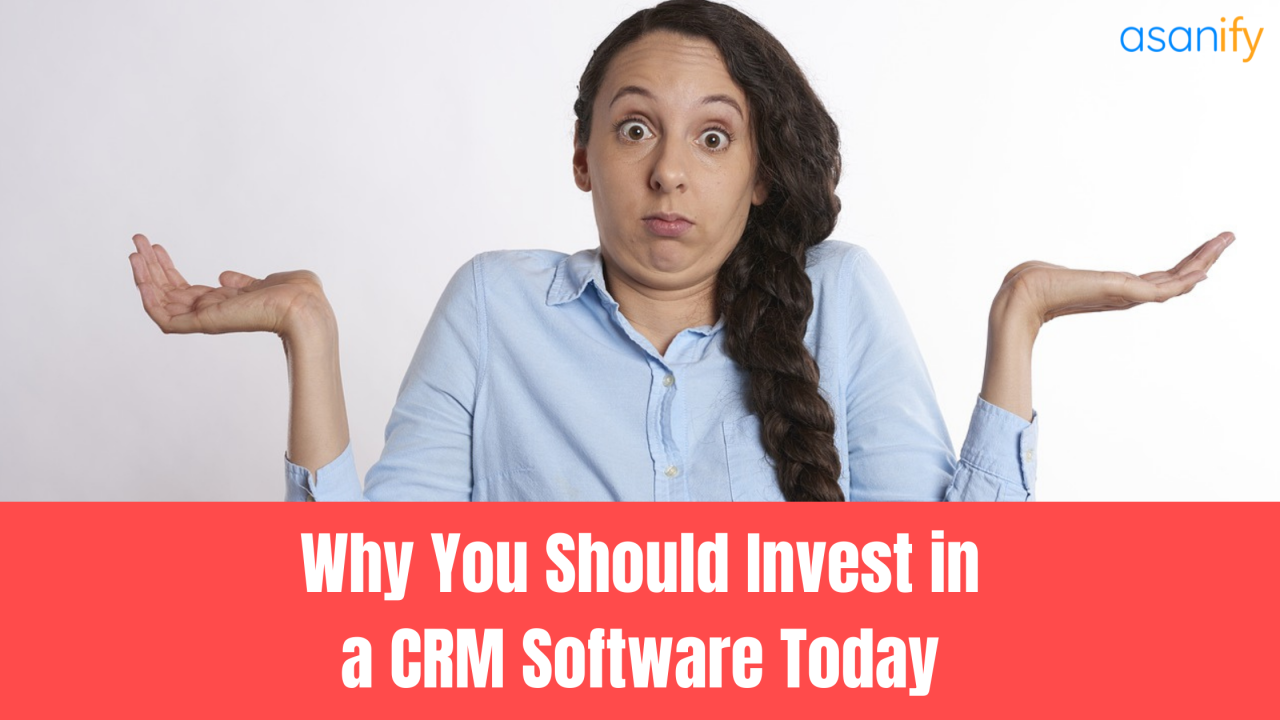Best CRM for entrepreneurs is a crucial decision impacting business growth. Selecting the right Customer Relationship Management system hinges on factors like business size, budget, and specific needs. This guide navigates the complexities of CRM selection, offering insights into essential features, popular platforms, and long-term considerations for entrepreneurial success.
From solopreneurs managing contacts to scaling businesses tracking complex sales pipelines, the ideal CRM adapts to evolving needs. We’ll explore how to define “best” based on your priorities, examining key features, popular options like HubSpot, Zoho, and Pipedrive, and the importance of integration and data analysis for informed decision-making.
Defining “Best” for Entrepreneurs
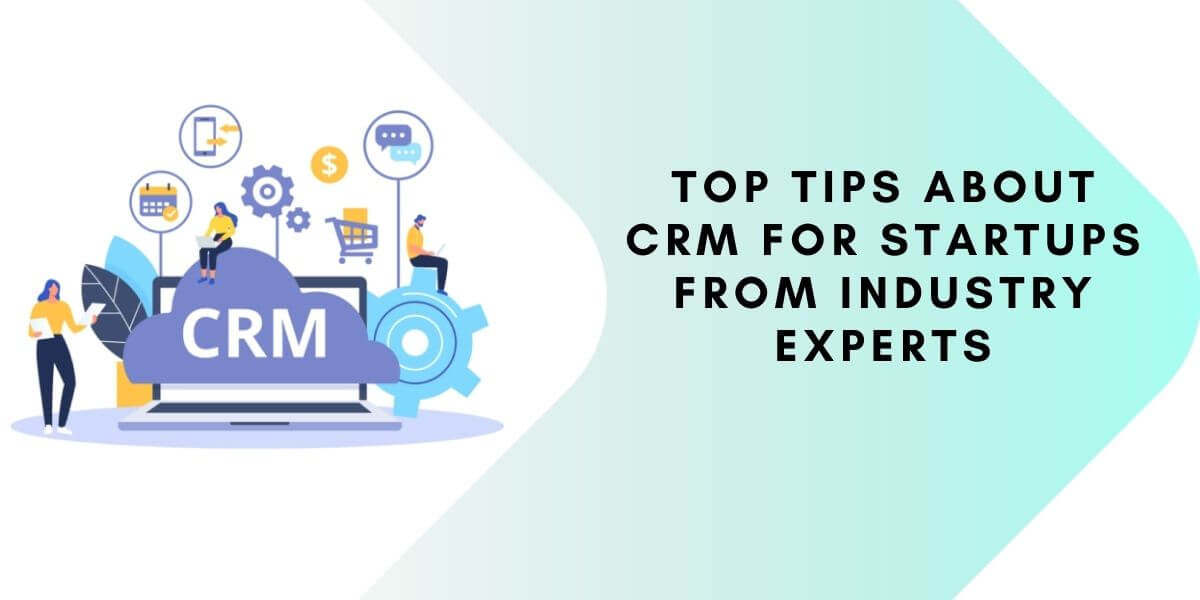
Choosing the “best” CRM for an entrepreneur isn’t about finding a single, universally perfect solution. Instead, it’s about identifying the system that best aligns with the specific needs, resources, and growth trajectory of their business. The ideal CRM will evolve alongside the business, adapting to changing demands and expanding capabilities.
Several key factors influence this decision, making a one-size-fits-all approach ineffective. Understanding these factors allows entrepreneurs to make informed choices that maximize their return on investment and minimize wasted resources.
Criteria for Choosing a CRM
Entrepreneurs prioritize different features based on their business stage and goals. The following table Artikels some crucial criteria, their relative importance, examples, and their impact on the business.
| Feature | Importance | Example | Impact on Business |
|---|---|---|---|
| Ease of Use | High | Intuitive interface, minimal training required | Increased user adoption, improved efficiency, reduced frustration |
| Contact Management | High | Centralized database, detailed contact information, segmentation capabilities | Improved customer relationships, targeted marketing, better sales conversion |
| Sales Pipeline Management | High | Visual representation of sales progress, automated task reminders, reporting features | Improved sales forecasting, increased deal closure rates, better sales team performance |
| Integration with other tools | Medium | Seamless connection with email marketing platforms, accounting software, e-commerce platforms | Streamlined workflows, reduced data entry, improved data consistency |
| Reporting and Analytics | Medium | Customizable dashboards, key performance indicators (KPIs), sales performance tracking | Data-driven decision-making, improved business strategy, identification of areas for improvement |
| Customer Support | Medium | Responsive support team, comprehensive documentation, online resources | Quick resolution of issues, reduced downtime, improved user satisfaction |
| Scalability | Medium | Ability to handle increasing data volume and user accounts | Future-proofs the CRM investment, avoids the need for frequent system changes |
| Pricing | High | Affordable monthly or annual subscription, clear pricing structure | Manages costs effectively, avoids budget overruns |
| Customization | Low | Ability to tailor the CRM to specific business needs | Enhanced workflow efficiency, better alignment with business processes |
CRM Needs Across Different Business Sizes
The optimal CRM varies significantly depending on the size and stage of the entrepreneurial venture.
Solopreneurs often require a simple, user-friendly system focused on contact management and basic task organization. A solution like a well-organized spreadsheet or a basic CRM with limited features might suffice. Small teams need collaborative tools, enhanced communication features, and possibly more advanced reporting capabilities. Rapidly scaling businesses require robust, scalable systems that can handle large volumes of data, integrate with numerous other applications, and provide sophisticated analytics for informed decision-making.
They might need enterprise-grade solutions with features like automation and advanced segmentation.
Budget Constraints and CRM Selection
Budget significantly impacts CRM selection. While robust, feature-rich CRMs offer powerful capabilities, they often come with higher price tags. Entrepreneurs with limited budgets must carefully evaluate their needs and prioritize essential features. They might opt for less expensive options, potentially sacrificing some advanced features, or explore free or freemium plans with limitations on data storage or users.
Careful consideration of long-term costs, including implementation, training, and maintenance, is crucial to ensure a sustainable investment.
Key CRM Features for Entrepreneurs
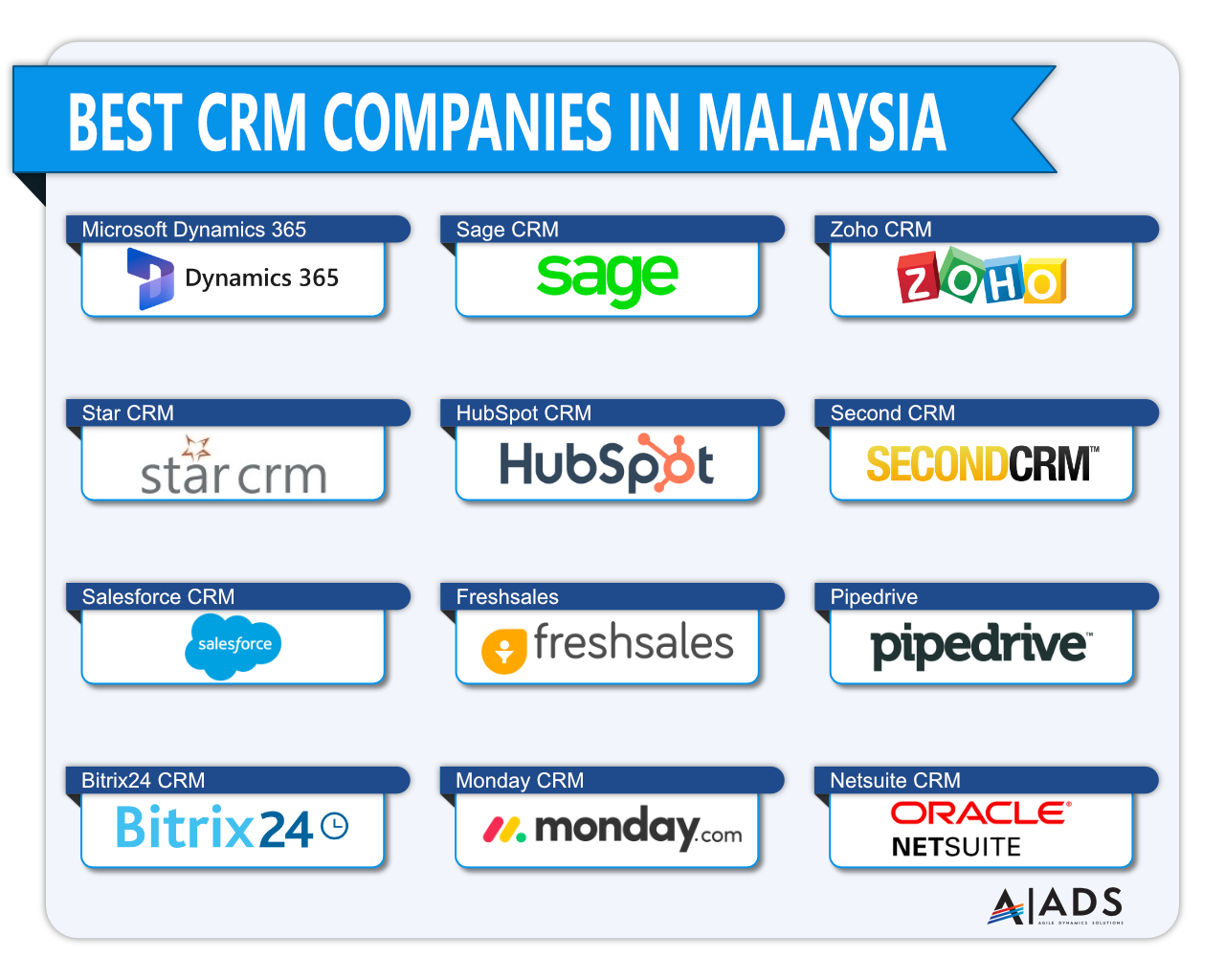
Choosing the right CRM can significantly streamline operations and boost growth for entrepreneurs. A well-integrated system provides a central hub for managing customer interactions, sales processes, and overall business performance, ultimately saving time and increasing revenue. Understanding the key features is crucial for selecting a system that aligns with your specific needs and contributes to your entrepreneurial success.
Effective CRM use requires understanding its core functionalities. While many features exist, some are more impactful for entrepreneurs than others. Prioritizing these features ensures your investment pays off quickly and efficiently.
Essential CRM Features for Entrepreneurial Success
The following five features are paramount for entrepreneurs seeking to optimize their businesses and achieve sustainable growth. These features offer tangible benefits that directly contribute to improved efficiency and profitability.
- Contact Management: A robust contact management system allows for centralized storage and organization of all customer information – from contact details and communication history to purchase records and interaction notes. This eliminates the need for scattered spreadsheets or notebooks, ensuring consistent and accurate data access for informed decision-making.
- Sales Pipeline Management: Visualizing the sales process through a pipeline helps track leads, opportunities, and deals at different stages. This provides a clear overview of the sales funnel, enabling proactive identification of bottlenecks and timely intervention to close deals effectively.
- Task and Appointment Scheduling: Efficiently managing tasks and appointments is vital for entrepreneurs juggling multiple responsibilities. A CRM’s integrated calendar and task management tools allow for seamless scheduling, reminders, and follow-ups, ensuring no crucial activities are overlooked.
- Reporting and Analytics: Data-driven insights are crucial for informed business decisions. CRM reporting features provide valuable metrics on sales performance, customer engagement, and marketing campaign effectiveness, enabling entrepreneurs to identify areas for improvement and optimize strategies.
- Integration Capabilities: Seamless integration with other business tools like email marketing platforms, accounting software, and e-commerce systems is essential for a streamlined workflow. A CRM that integrates well with your existing technology stack avoids data silos and promotes efficiency.
Comparative Analysis of CRM Systems
Different CRMs offer varying levels of functionality. This table compares three popular CRM systems across key features, highlighting their strengths and weaknesses to aid in informed selection.
| Feature | CRM System A (e.g., HubSpot) | CRM System B (e.g., Zoho CRM) | CRM System C (e.g., Salesforce Sales Cloud) |
|---|---|---|---|
| Contact Management | Robust contact management with custom fields, tagging, and segmentation. | Comprehensive contact management with similar features to CRM A, but potentially less intuitive interface. | Highly customizable contact management with advanced features, but steeper learning curve. |
| Sales Pipeline Tracking | Visual pipeline with drag-and-drop functionality and customizable stages. | Visual pipeline, but customization options may be less extensive than CRM A. | Highly customizable sales pipeline with advanced features like forecasting and opportunity scoring. |
| Reporting | Pre-built and customizable reports and dashboards, providing insights into sales performance and customer behavior. | Offers reporting features, but the level of customization and depth of insights may be less comprehensive than CRM A. | Advanced reporting and analytics capabilities with custom dashboards and real-time data visualization. |
Overlooked CRM Features Crucial for Long-Term Growth
While many entrepreneurs focus on the core functionalities, several often-overlooked features are crucial for long-term business scalability and success. These features contribute to enhanced customer relationships and operational efficiency.
- Customer Segmentation and Personalization: Grouping customers based on shared characteristics allows for targeted marketing and personalized communication, leading to improved customer engagement and loyalty. This feature enables entrepreneurs to tailor their approach to different customer segments, maximizing their marketing ROI.
- Workflow Automation: Automating repetitive tasks such as email sequences, follow-ups, and lead assignments frees up valuable time for entrepreneurs to focus on strategic initiatives. This enhances efficiency and ensures consistent customer interaction.
- Customer Support Ticketing System: Integrating a ticketing system within the CRM streamlines customer support processes, providing a centralized hub for managing inquiries, tracking resolution times, and improving overall customer satisfaction. This improves responsiveness and enhances the customer experience.
Popular CRM Options for Entrepreneurs: Best Crm For Entrepreneurs
Choosing the right CRM can significantly impact an entrepreneur’s efficiency and business growth. This section compares three popular options, highlighting their strengths and weaknesses to help you make an informed decision. We’ll focus on pricing, ease of use, and key features to give you a clear picture of what each platform offers.
Comparison of HubSpot, Zoho CRM, and Pipedrive
The following table provides a comparison of HubSpot, Zoho CRM, and Pipedrive, three popular CRM platforms catering to entrepreneurs. These platforms offer varying pricing models and feature sets, allowing entrepreneurs to select a system that best aligns with their specific needs and budget.
| CRM Name | Pricing Model | Key Features | Ease of Use Rating (1-5 stars) |
|---|---|---|---|
| HubSpot CRM | Freemium (free plan available with paid options for advanced features); pricing varies based on the chosen plan and features. | Contact management, deal tracking, email marketing integration, sales automation, reporting and analytics, and integrations with other HubSpot tools. | ★★★★☆ |
| Zoho CRM | Tiered pricing; offers a free plan with limited features and several paid plans with increasing functionalities and user limits. | Contact management, lead management, sales pipeline management, workflow automation, reporting and analytics, and mobile accessibility. | ★★★☆☆ |
| Pipedrive | Subscription-based; pricing varies depending on the number of users and features included. | Sales pipeline management, deal tracking, contact management, email integration, activity tracking, and reporting. Strong focus on sales pipeline visualization. | ★★★★☆ |
Cloud-Based vs. On-Premise CRM Solutions for Entrepreneurs
The decision between a cloud-based and on-premise CRM hinges on several factors crucial for entrepreneurs. Cloud-based CRMs, like those discussed above, offer accessibility from anywhere with an internet connection, automatic updates, and typically lower upfront costs. However, they rely on a stable internet connection and data security depends on the provider’s measures. On-premise solutions, requiring dedicated server space and IT management, offer greater control over data and security but involve higher initial investment and ongoing maintenance costs.
For entrepreneurs with limited IT resources and a preference for simplicity and cost-effectiveness, cloud-based solutions generally prove more advantageous. Larger enterprises with stringent security requirements and substantial IT infrastructure might favor on-premise solutions.
User Interface Descriptions, Best crm for entrepreneurs
Each CRM system presents a distinct user interface. HubSpot boasts a clean, intuitive interface with a focus on visual dashboards and easy navigation. Data entry is straightforward, with clear fields and helpful prompts. Zoho CRM offers a more feature-rich interface, potentially appearing slightly more complex to new users. However, its customizable dashboards and workflow automation features enhance efficiency once mastered.
Pipedrive’s user interface is highly visual, centered around its sales pipeline visualization. Its simplicity and straightforward design prioritize ease of use, particularly for sales teams. Data entry in Pipedrive is streamlined and intuitive, aligning with its overall focus on sales process management.
Integration and Automation

Integrating your CRM with other essential business tools and leveraging automation features significantly boosts productivity and streamlines operations for entrepreneurs. This allows for a more efficient workflow, reducing manual tasks and freeing up valuable time to focus on strategic growth. By connecting disparate systems, you create a unified view of your customer interactions and business performance.Effective CRM integration and automation are crucial for entrepreneurs seeking to optimize their time and resources.
By automating repetitive tasks and integrating various business tools, entrepreneurs can focus on higher-level strategic initiatives, fostering business growth and profitability. This synergy between different software applications allows for a seamless flow of information, leading to more informed decision-making and enhanced customer relationships.
CRM Integration with Other Business Tools
Connecting your CRM to email marketing platforms, social media management tools, and accounting software creates a powerful ecosystem for managing your business. For example, integrating your CRM with Mailchimp allows you to segment your customer lists based on CRM data (e.g., purchase history, engagement level), enabling targeted email campaigns. Similarly, linking your CRM to your social media accounts provides a centralized view of customer interactions across various platforms, allowing for more personalized and timely responses.
Finally, integrating your CRM with accounting software like Xero automates invoice generation and tracks payments, providing a comprehensive financial overview linked directly to customer interactions. This integrated approach provides a holistic view of your customer and their interactions with your business, across all relevant channels.
Automation Features for Enhanced Efficiency
CRM automation features dramatically reduce the time spent on repetitive tasks, allowing entrepreneurs to focus on strategic initiatives. Automated email sequences, for example, nurture leads and keep customers engaged without requiring constant manual intervention. Imagine setting up a welcome series for new subscribers, automatically sending them a series of emails with valuable content and offers. Task reminders ensure that important follow-ups and deadlines are not missed, improving customer service and relationship management.
For instance, the CRM can automatically remind you to follow up with a customer who hasn’t responded to a quote after a set number of days. This automated approach ensures consistent communication and improves the overall customer experience.
CRM Integration with E-commerce Platforms
Integrating your CRM with your e-commerce platform (like Shopify or WooCommerce) creates a seamless flow of customer data and sales information. This integration allows for real-time tracking of customer purchases, enabling personalized recommendations and targeted marketing campaigns. For instance, you could automatically segment customers based on their purchase history and send them relevant product recommendations. Furthermore, this integration simplifies order management and customer service, as all customer data is centralized within the CRM.
This means that customer service representatives have immediate access to a customer’s purchase history, order status, and communication history, facilitating quicker and more effective support. The streamlined sales process directly contributes to increased efficiency and improved customer satisfaction.
Data Analysis and Reporting
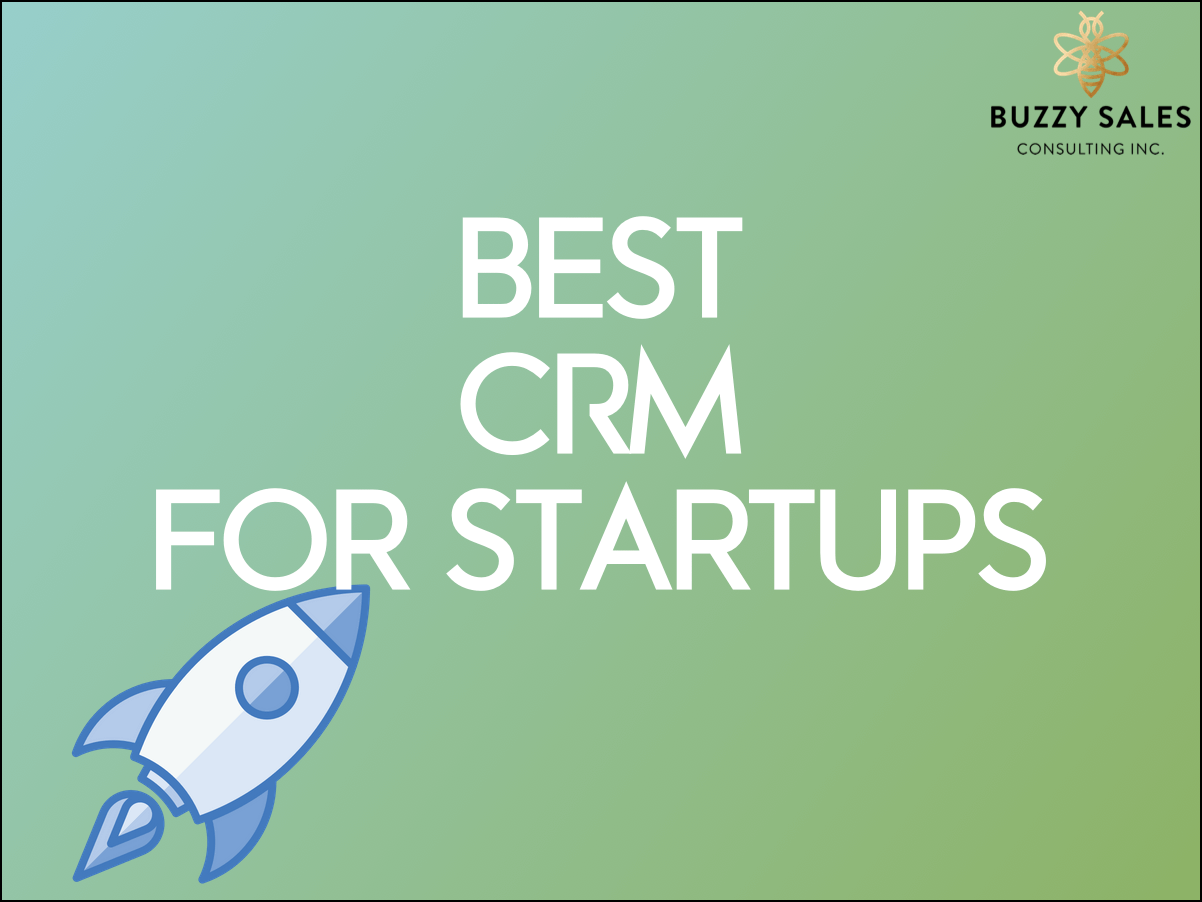
A robust CRM system is more than just a contact list; it’s a powerful tool for understanding your business performance. By analyzing the data collected within your CRM, you gain valuable insights into customer behavior, sales trends, and marketing effectiveness, all crucial for informed decision-making and business growth. This data-driven approach allows entrepreneurs to move beyond gut feelings and make strategic choices based on concrete evidence.The data captured within a CRM provides a comprehensive view of your customer interactions and business activities.
This information can be used to track key performance indicators (KPIs) that are specifically relevant to your entrepreneurial endeavors. By understanding these metrics, you can pinpoint areas for improvement and optimize your strategies for greater success.
Key Performance Indicators (KPIs) for Entrepreneurs
Tracking KPIs provides quantifiable measurements of your business’s progress. Regular monitoring of these indicators allows for timely adjustments and ensures you’re on track to meet your goals. Understanding which KPIs are most important depends on your specific business model and objectives. However, some universally valuable KPIs include:
- Customer Acquisition Cost (CAC): This measures the cost of acquiring a new customer. A lower CAC indicates greater efficiency in your marketing and sales efforts.
- Customer Lifetime Value (CLTV): This represents the total revenue a customer is expected to generate throughout their relationship with your business. A high CLTV shows customer loyalty and the effectiveness of your customer retention strategies.
- Conversion Rate: This KPI tracks the percentage of leads that convert into paying customers. Analyzing this helps identify bottlenecks in your sales funnel and improve your conversion process.
- Average Revenue Per User (ARPU): This metric calculates the average revenue generated per customer. It helps understand the profitability of different customer segments and identify opportunities for upselling or cross-selling.
- Sales Cycle Length: This measures the time it takes to close a deal. Reducing this time improves efficiency and accelerates revenue generation.
Actionable Insights from CRM Reporting
CRM reporting facilitates the extraction of meaningful insights that directly impact your business strategies. By analyzing the data, entrepreneurs can uncover opportunities for growth and efficiency.
- Identifying Top-Performing Products/Services: Analyzing sales data reveals which products or services generate the most revenue and have the highest profit margins. This information guides inventory management, marketing campaigns, and product development decisions.
- Understanding Customer Behavior: CRM data illuminates customer preferences, purchase patterns, and engagement levels. This understanding allows for personalized marketing campaigns, targeted offers, and improved customer service.
- Optimizing Sales Processes: By analyzing sales cycle lengths and conversion rates, you can identify bottlenecks and areas for improvement in your sales process. This could involve streamlining workflows, improving lead qualification, or enhancing sales training.
- Improving Customer Retention: Tracking customer churn rate and identifying common reasons for customer attrition allows you to implement proactive strategies to improve customer retention and loyalty.
- Measuring Marketing Campaign Effectiveness: CRM data integrated with marketing automation tools provides insights into the effectiveness of different marketing campaigns, allowing for optimization and improved ROI.
Examples of Visually Appealing Reports
Visual representations of data significantly improve understanding and decision-making. Entrepreneurs can utilize various report types to gain actionable insights.
- Sales Funnel Visualization: A funnel chart visually represents the stages of your sales process, showing the number of leads at each stage and highlighting bottlenecks. This allows for a quick identification of areas needing improvement. The funnel would be color-coded, with each stage represented by a different color and the width of each section reflecting the number of leads at that stage.
- Customer Segmentation Chart: A pie chart or bar graph could illustrate the distribution of customers across different segments based on demographics, purchasing behavior, or other criteria. This allows for targeted marketing and personalized customer experiences. The chart would use distinct colors for each customer segment, with labels clearly indicating the segment and its corresponding percentage or value.
- Revenue Over Time: A line graph showing revenue trends over time provides a clear picture of business growth or decline. This visualization helps identify seasonal trends, the impact of marketing campaigns, and overall business performance. The graph would have clearly labeled axes, a descriptive title, and a visually clear line showing revenue fluctuations over the chosen period.
Scalability and Future Considerations
Choosing a CRM that aligns with your business’s growth trajectory is crucial for long-term success. A system that works flawlessly for a small startup might become a bottleneck as your business expands, leading to inefficiencies and lost productivity. Therefore, scalability should be a primary consideration when selecting a CRM solution. Understanding the long-term financial implications is equally important to avoid unexpected costs that could strain your resources.The ability of a CRM to adapt to your business’s evolving needs is paramount.
This includes considering factors such as the number of users, the volume of data, and the complexity of your business processes. A scalable CRM should seamlessly accommodate these changes without requiring significant reconfiguration or the need to switch platforms entirely. This avoids costly disruptions and allows for smooth growth. For example, a CRM with a modular design, allowing you to add features as needed, is far more adaptable than a rigid, all-or-nothing system.
Consider a company like Salesforce, known for its highly scalable platform capable of supporting businesses ranging from small startups to large enterprises.
Long-Term Cost Analysis of CRM Usage
Long-term costs associated with CRM usage extend beyond the initial subscription fees. These costs include potential customization expenses, ongoing maintenance, user training, and the hidden costs of integration with other business tools. Subscription fees can vary widely depending on the CRM provider, the number of users, and the features included. Some CRMs offer tiered pricing plans, allowing you to scale your subscription as your business grows.
However, be mindful that higher tiers often come with higher monthly or annual costs. Customization, while enhancing functionality, can significantly increase implementation costs. Training your team to effectively utilize the CRM is also a crucial investment. Poorly trained staff can lead to underutilization of the system, negating its benefits. Finally, integrating the CRM with other software (e.g., accounting, marketing automation) might involve additional fees and technical expertise.
For instance, a small business might initially opt for a basic plan with limited features, incurring minimal costs. However, as the business expands and requires more advanced functionalities, they may need to upgrade to a higher-tiered plan, increasing their monthly expenditure.
CRM Scalability Checklist for Entrepreneurs
Before committing to a CRM, entrepreneurs should use a checklist to thoroughly evaluate its scalability and long-term viability. This helps ensure a smooth transition as the business grows and minimizes future disruptions.
- User Scalability: Can the CRM easily accommodate an increasing number of users without impacting performance or requiring significant changes to the system?
- Data Scalability: Can the CRM handle a growing volume of data without slowing down or becoming unstable? Does the vendor offer solutions for data archiving and management as data volume increases?
- Feature Scalability: Does the CRM offer a modular design, allowing you to add features and functionalities as your business needs evolve? Are there clear upgrade paths available?
- Integration Capabilities: Can the CRM integrate seamlessly with other essential business tools (e.g., accounting software, marketing automation platforms)? Are there readily available APIs and integration tools?
- Customization Options: Does the CRM offer customization options to tailor the system to your specific business processes? What are the costs associated with customization?
- Vendor Support and Training: Does the vendor provide adequate support and training resources? Is there a community forum or knowledge base available for troubleshooting?
- Long-Term Cost Projection: Develop a projected cost model that accounts for subscription fees, customization, training, and potential maintenance costs over a 3-5 year period.
Conclusion
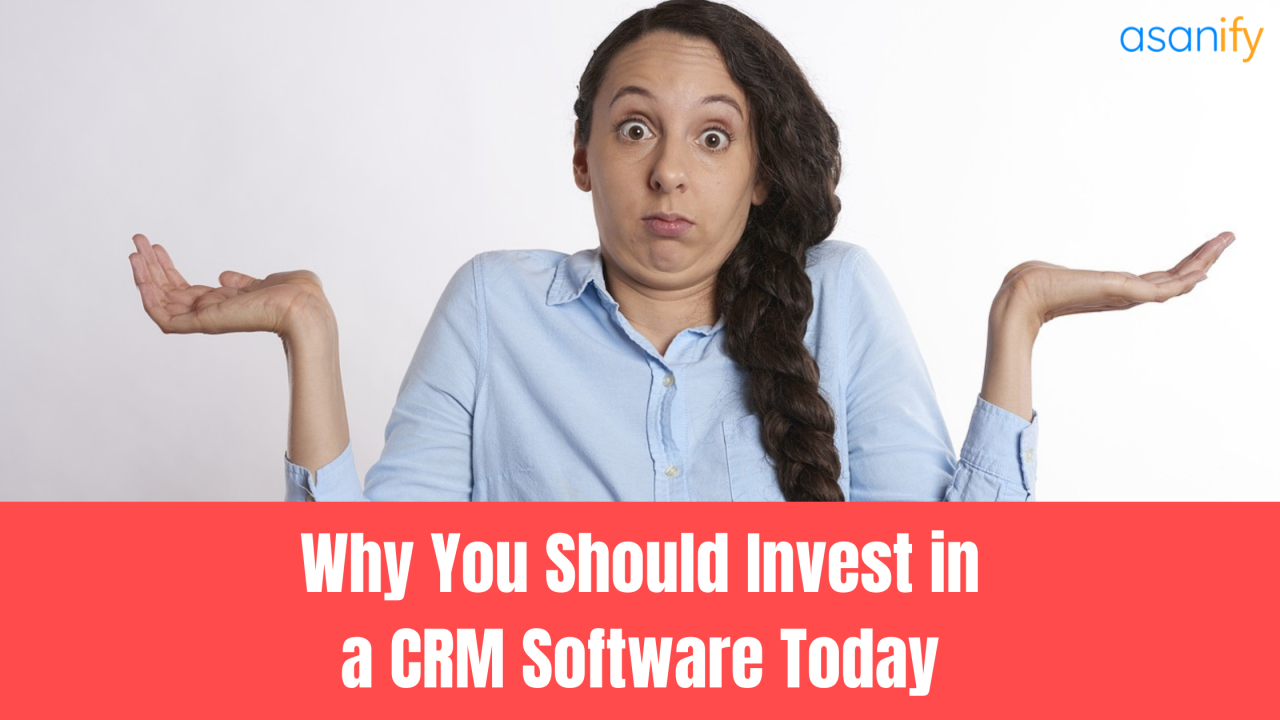
Ultimately, choosing the best CRM for your entrepreneurial journey involves careful consideration of your current needs and future aspirations. By understanding your priorities, evaluating key features, and exploring different platforms, you can select a system that empowers your business growth, streamlines operations, and provides valuable insights for informed decision-making. Remember to factor in scalability, integration capabilities, and the long-term costs to ensure a sustainable and effective solution.
Quick FAQs
What is the average cost of a CRM for a small business?
Costs vary greatly depending on features and the number of users, ranging from free plans for solopreneurs to several hundred dollars per month for larger teams with advanced features.
How long does it typically take to implement a new CRM?
Implementation time depends on the complexity of the CRM and the size of your business. Simple systems can be set up in a few hours, while more complex integrations may take several weeks or months.
Can I integrate my CRM with my existing accounting software?
Yes, many CRMs offer integrations with popular accounting software like Xero and QuickBooks, allowing for streamlined financial management.
What if my business needs change after I’ve chosen a CRM?
Most CRMs offer flexible plans that allow you to scale up or down as your business grows. It’s crucial to choose a system that can adapt to your evolving needs.

